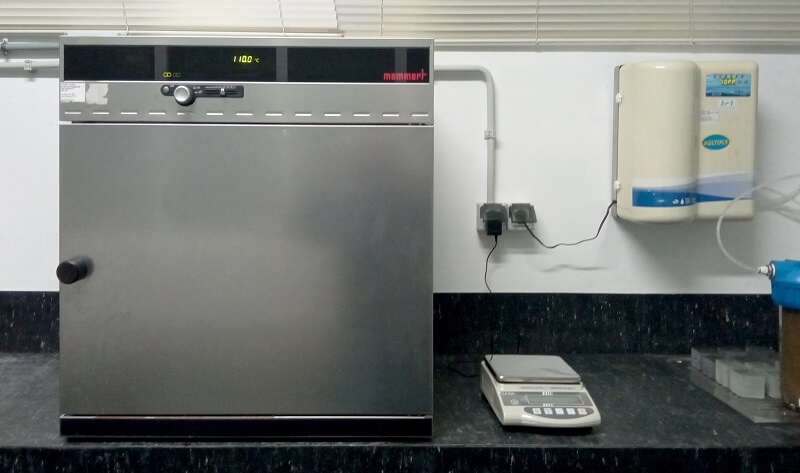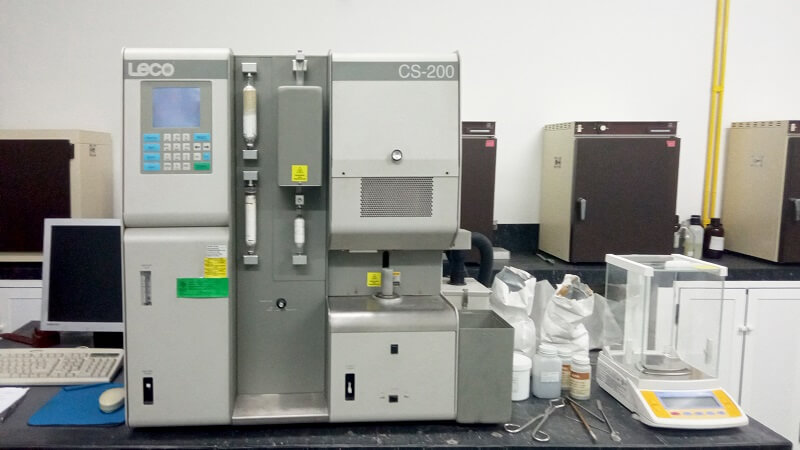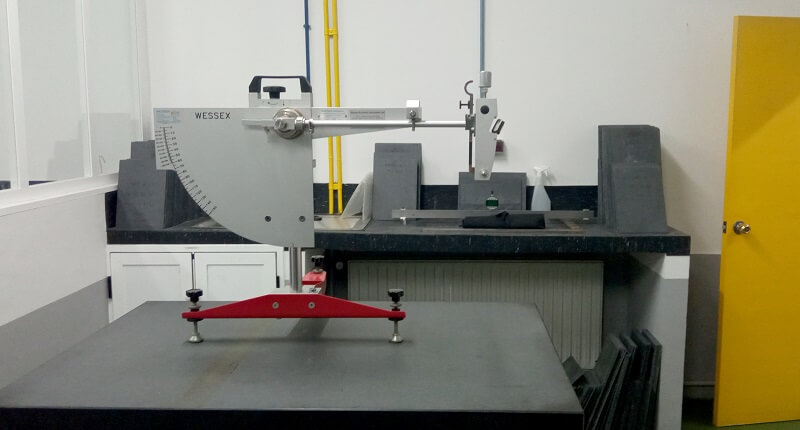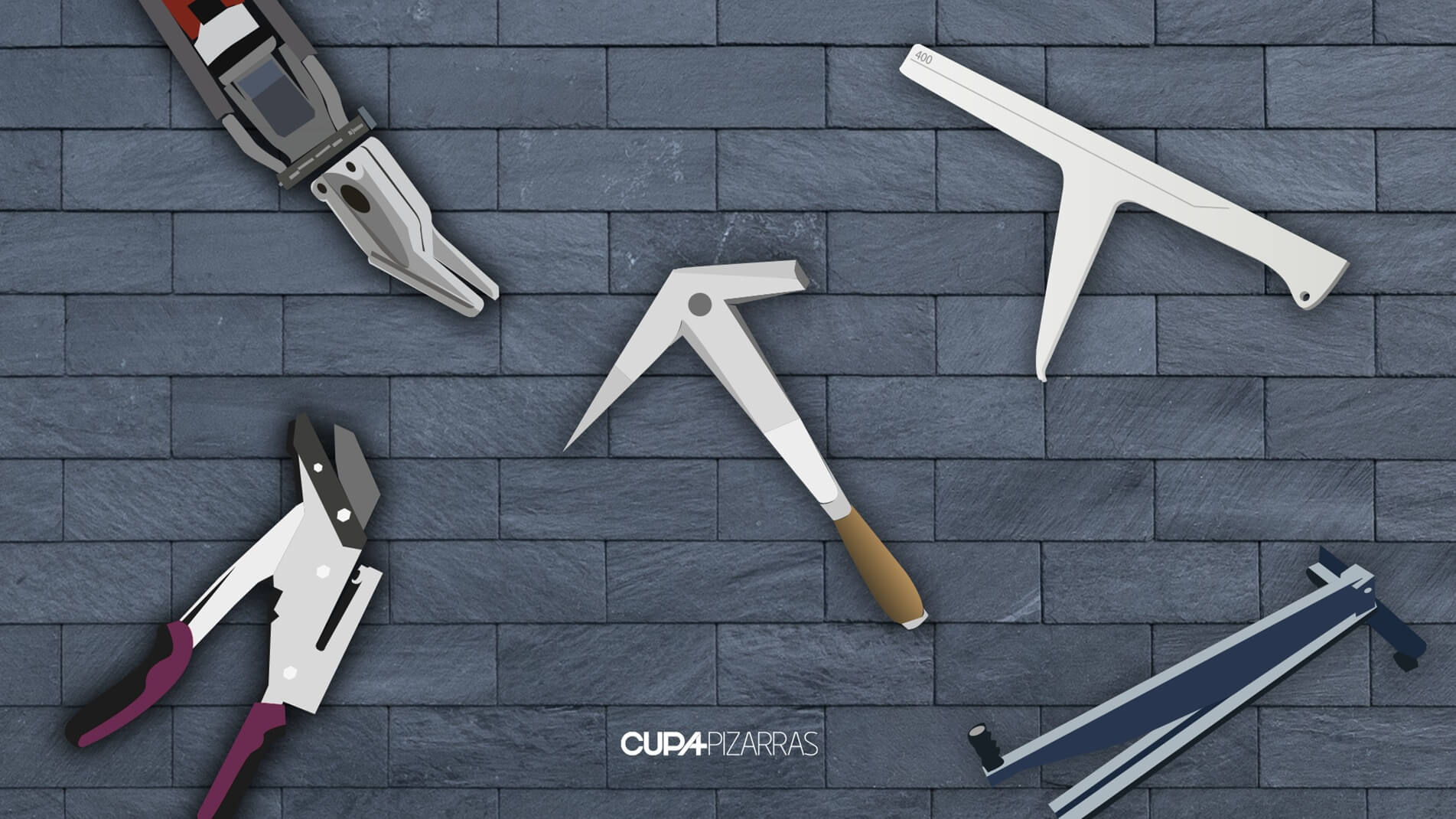An overview of roofing slate standards
Standards are useful, since they can be used to predict the performance of the roofing slate along its lifespan. Nowadays, there are two main roofing slate standards in the world, the European EN12326 (parts 1 and 2) and the North American ASTM C-406. There are other two standards, the Indian IS 6250 and the Chinese GB/T 18600, not as popular as the European and the North American, which represent the attempt of these two countries to become major players in the roofing slate trade.
As pointed before, the objective of the standards is to determine the physical, chemical and mechanical characteristics of the roofing slate so it is possible to assess the future efficiency. For that, standards use different test methods, each of which evaluate a specific characteristic of the roofing slate. Test methods can be then sorted into three groups: mechanical characterization, weathering characterization and petrological characterization.
Mechanical characterization
Mechanical characterization refers to how slate tiles behave when a force is applied. There is only one test in this category, bending strength, which consists in applying a constant load in the middle of a tile until it breaks. This test tells us how brittle the roofing slate is, and in the real world, it represents the load generated by snow. At this point I have to remind you, a slate cover is not designed for walking! so if you take a walk on the roof and break some tiles, it is not the slate fault. Only an experienced installer should walk and work on the roof.
Weathering characterization
Weathering characterization group has three main tests, plus some others specific from each standard. This number of tests is already telling us that predicting weathering is not easy. The three main tests are water absorption, thermal cycle and acid exposure.
-
Water absorption
Is the amount of water that the roofing slate can absorb. All roofing slates have very low values compared to other natural rocks, between 0,2% and 06%. Water absorption is not bad by itself, but it represents the potential damage caused by freeze-thaw. As you know, when water freezes, increases its volume, and this can break the structure of the roofing slate. However, this is only a problem in areas where there are temperatures below 0 degrees for several days. This test is common to EN 12326 and ASTM C-406.
Lab oven used for water absorption test
-
Thermal cycle
Thermal cycle (not Thermal shock, which is something different) evaluates the oxidation potential of the iron sulphides. This test works reasonably well, but again, oxidation in the real world depends not just on the mineral content of the slate but on other factors such as climate, industrial and urban emissions, orientation of the roof, etc. Thermal cycle is found in EN12326, but not in ASTM C-406.
-
Acid exposure
Consists in exposing the roofing slates to an acid atmosphere. This test unmask the potential damage of carbonates, and, in a lesser extent, iron sulphides. The reaction between the acid atmosphere and the carbonate creates gypsum, through a process called gypsification. New-formed gypsum can be really a pain in the ass, since it can jeopardize the integrity of the slate tile. This test is common for EN 12326 and ASTM C-406, but ASTM C-406 complements it with the measure of the “depth of scratch”, a method to determine the effect of the acid exposure on the integrity of the roofing slate. EN 12326 only does a visual estimation of the weathering.
Carbon-Sulfur Measurement Tool
Petrological characterization
Finally, we have the Petrological characterization test, only in EN 12326. This test consist in the examination of a very thin section of the roofing slate, so thin that it is possible to see through it. This is a common technique for geologist to examine stones, and in roofing slates is used to determine the structural arrangement, together with the relative amount and type of minerals.
Apparatus for measuring the deviation from flatness
In order to understand the real meaning of the tests results, you need to understand the test and the type of roofing slate you are dealing with. For example, as a rule of thumb it is accepted that, for the bending strength, the higher the better. However, the load of half-meter snow on a cover is less than 1 MPa, while a normal roofing slate has about 50 MPa. You can see that we are far beyond the point of mechanical failure; virtually any roofing slate in the market will perform satisfactorily. For water absorption is the same, the percentage of absorption is very low, it is very unlikely that this is going to cause trouble.
This article is part of a series written by the Geologist and slate consultant Víctor Cárdenes, where you can find interesting features about natural slate. If you want to access technical documentation and everything a slate professional needs, log in to our Resource Centre.







